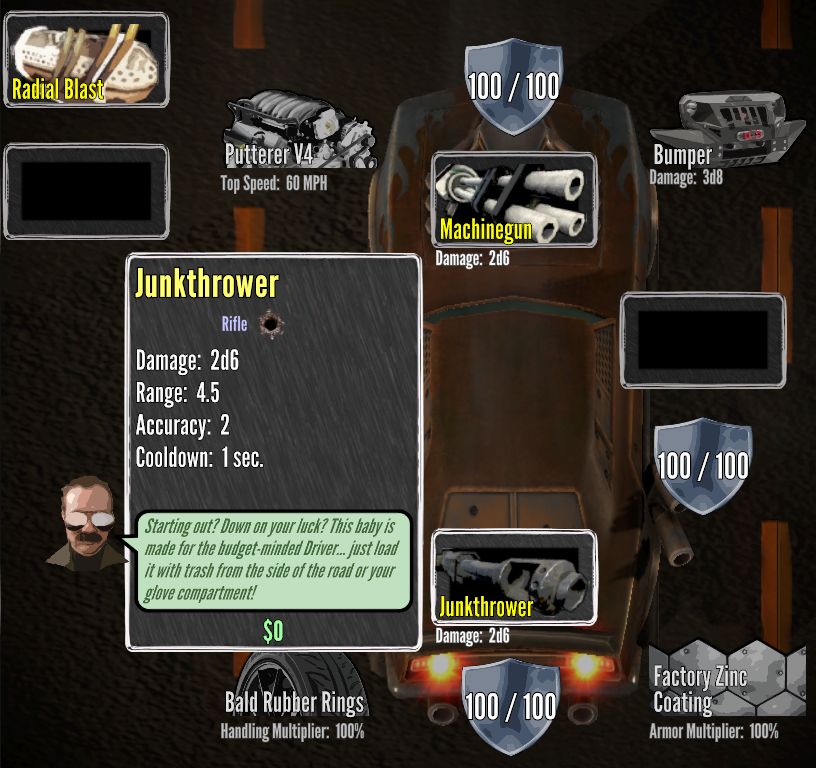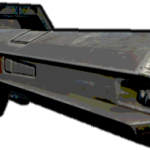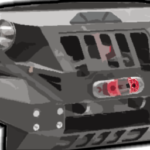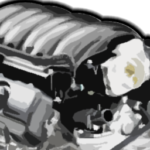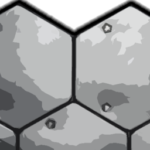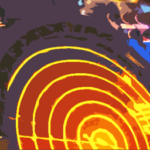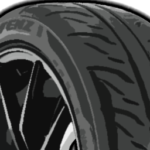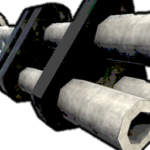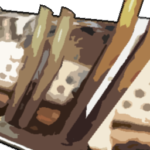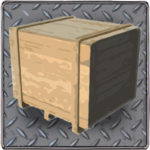Over the July 4 holiday I managed to get a good, solid, 5-day weekend, which in turn gave me great blocks of time to work on Auto Fire. It felt great to get some really nagging things out of the way. There’s a bunch of stuff here that is new since last time I blogged about it:
- Site System.  I created a new structure for holding what I call “sites”, which is any point of interest on the map. This can include cities found in the overworld, highway entrances and exits, garages, and even regular landmarks and points of interest. The sites are what I use to guide road plotting, so roads can connect exits, cities, garages and even just weird old non-functional shacks out in the desert, which I constructed from groups of tiles. It gave me a system for sprinkling them into a map from a table, which adds more life to most maps.
- Encounter System.  The encounter system is something that I’ve wanted to do for a while, to allow the player to deal with random stuff that they meet along the way. Call it FTL-style, although I associate the concept with pen and paper games as well as wayyyy back to ancient games like Odyssey on the Apple II. This allows players to consider some simple risk-reward propositions, or to choose between acts worthy of fame or notoriety.
- Stylized Visual Effects. I took some of the realistic visual effects for weaponry, explosions and smoke and returned them to the stylized versions I had used a year ago. I found that these stylized VFX had extra punch and grabbed the player’s attention among a lot of noise, but more importantly, fit the oddball scale of the world in Auto Fire. With buildings and cars and chests all coming in at unrealistic sizes when compared to each other, I found that realistic visuals just made that mismatch even more pronounced. Somehow having unrealistic smoke and fire just helped with the suspension of disbelief, and I think it can look just as compelling.
- Western Music. I took a break from the (really fantastic) western/post-apocalyptic soundtrack by Michael La Manna to try something different, namely an Ennio Morricone-flavored Western soundtrack I found. I really do love La Manna’s cool-as-ice Badlands music, but those stingers and jaw harps just got me in the feels. I’ll be playing around with various configurations as time goes on, not sure which way to go.
- Walled Outpost Generator. One of the biggest things I got done over the holiday was to finally prepare enough ramshackle walls, dirt roads, windmills and metal-roofed buildings to create a special generator for badlands outposts. This is a heightmapped terrain map that sets aside a center section as the “core”, where buildings and certain visual points of interest will lie. Around the perimeter is a wall made of scrap, cars, wood, and anything else… I had to make a version of my patch generator that would stretch and rotate this wall in any direction with repeating motifs. Dirt roads are then stretched to the various sites around the map. I’m really happy with how it came out.
- Smoother Driving Feel. One thing I did fix in recent months came from feedback I got from right after the 7DRL that spawned Auto Fire… For some players the movement felt stuttery and halting. Part of that is unavoidable with a turn-based game, but some of it was fixable. There is no longer a single-frame stop between various units executing their turn, and if the player cues up multiple moves, it executes smoothly if possible. The movement from square to square in slightly slower than it was as well, creating an subtle improvement that I feel when running the new build versus an old one.
- Wall Deflection.  This last one feels intangible as well, but I implemented it because the more I played, the more I felt cheated that the mechanic did not exist. If the player is heading diagonally towards a wall at high speed, he or she can get deflected off the wall and into a new movement path parallel to the wall. This is a fairly common occurrence in the city maps in particular, and even lets players use it to their advantage if they wanted to keep shooting rather than steer (this is an option in Auto Fire!)
Okay, so there’s a lot more work to do. I feel that I’ve hit some fine polish points, but I mainly need to assemble content together into something more playable, to have more of a reason and tension in the overworld. All that will hopefully come next.

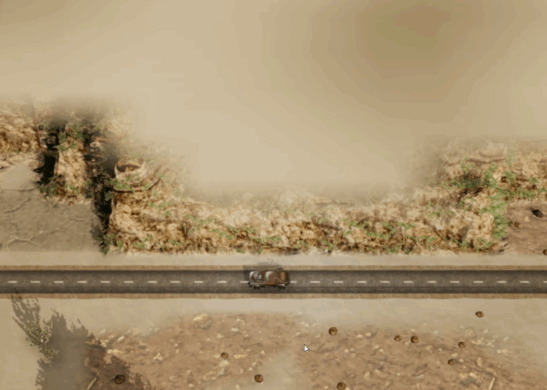
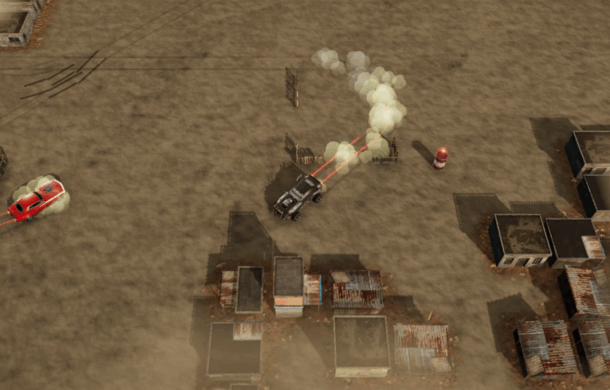
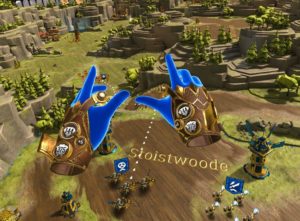
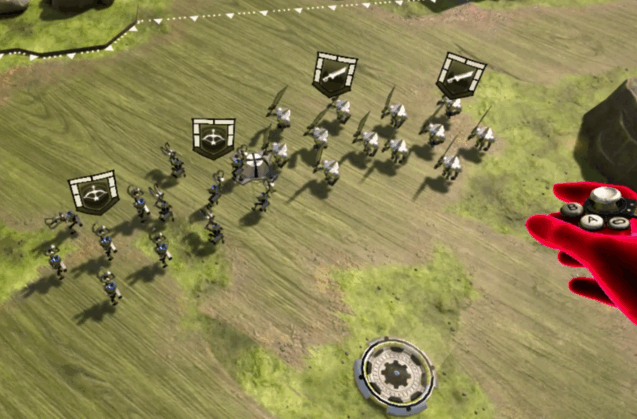


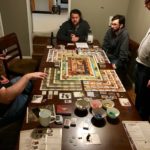
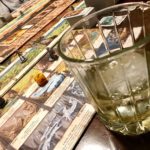
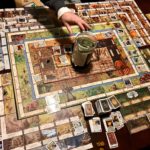
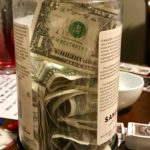
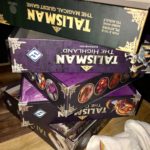
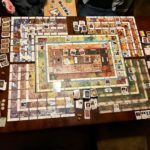
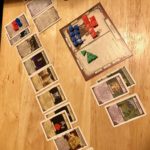
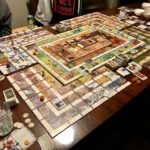
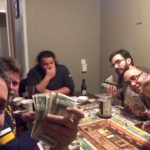
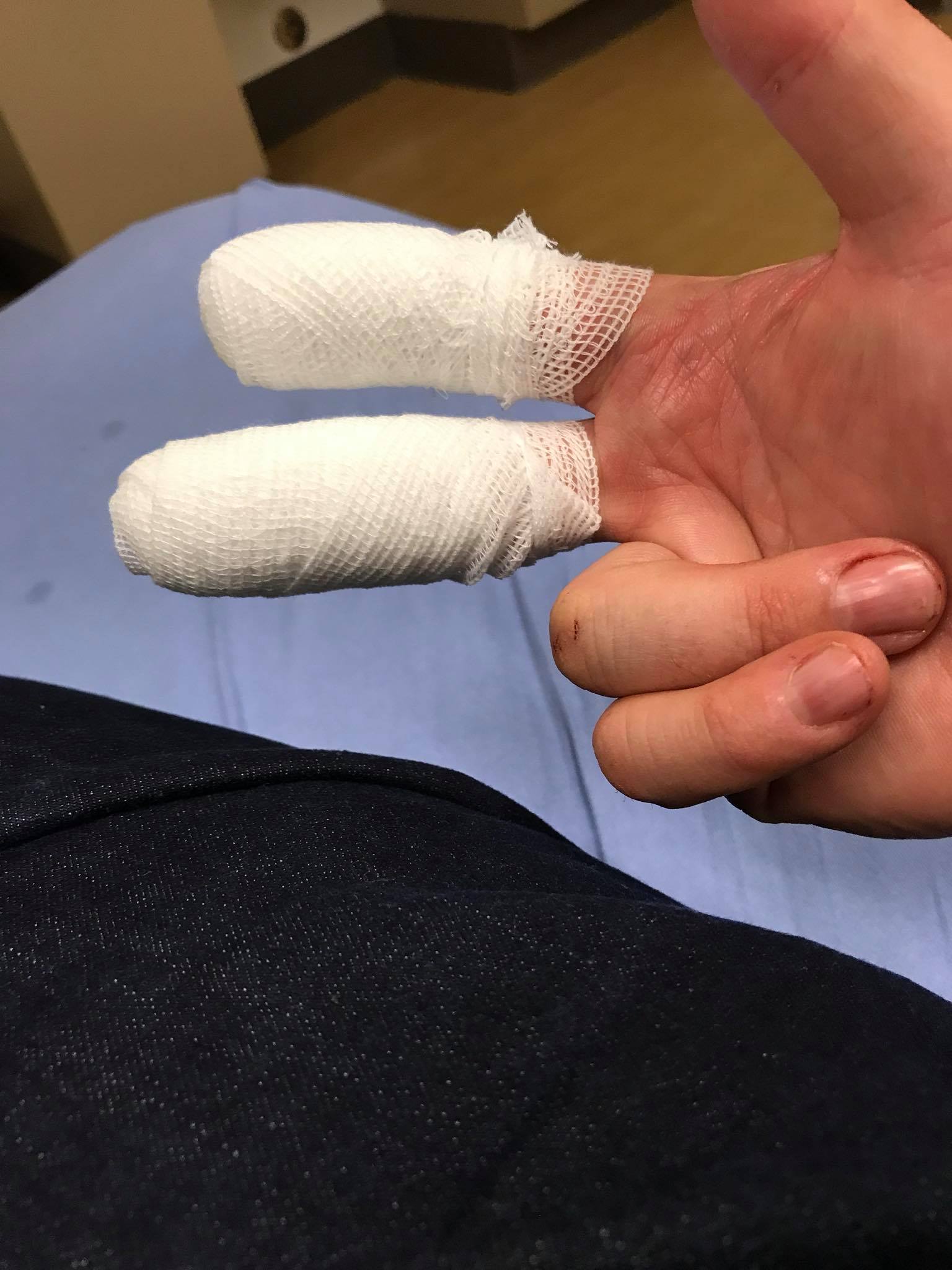
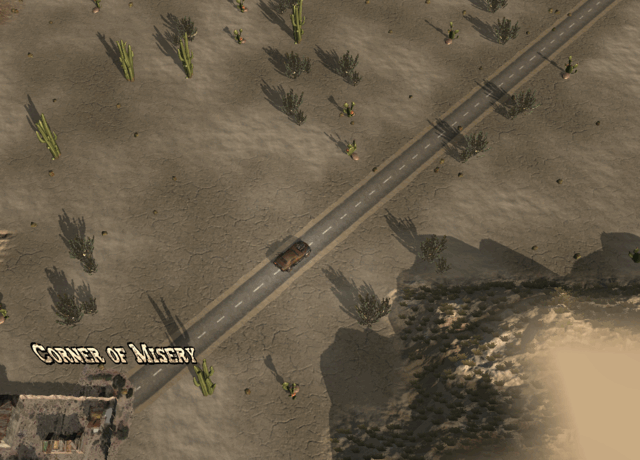
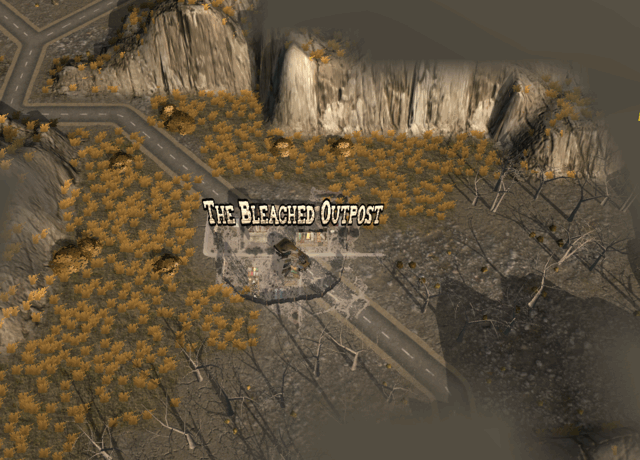
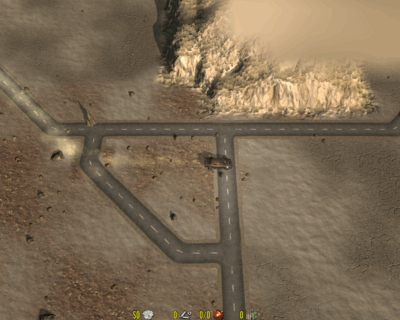
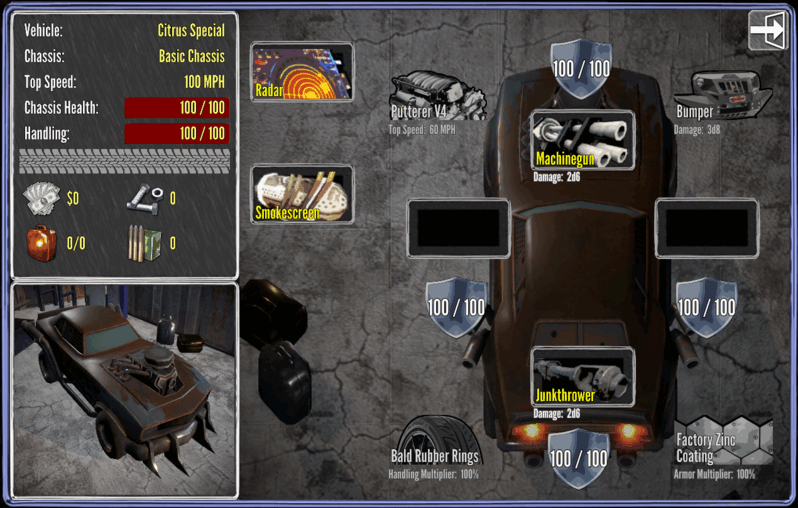

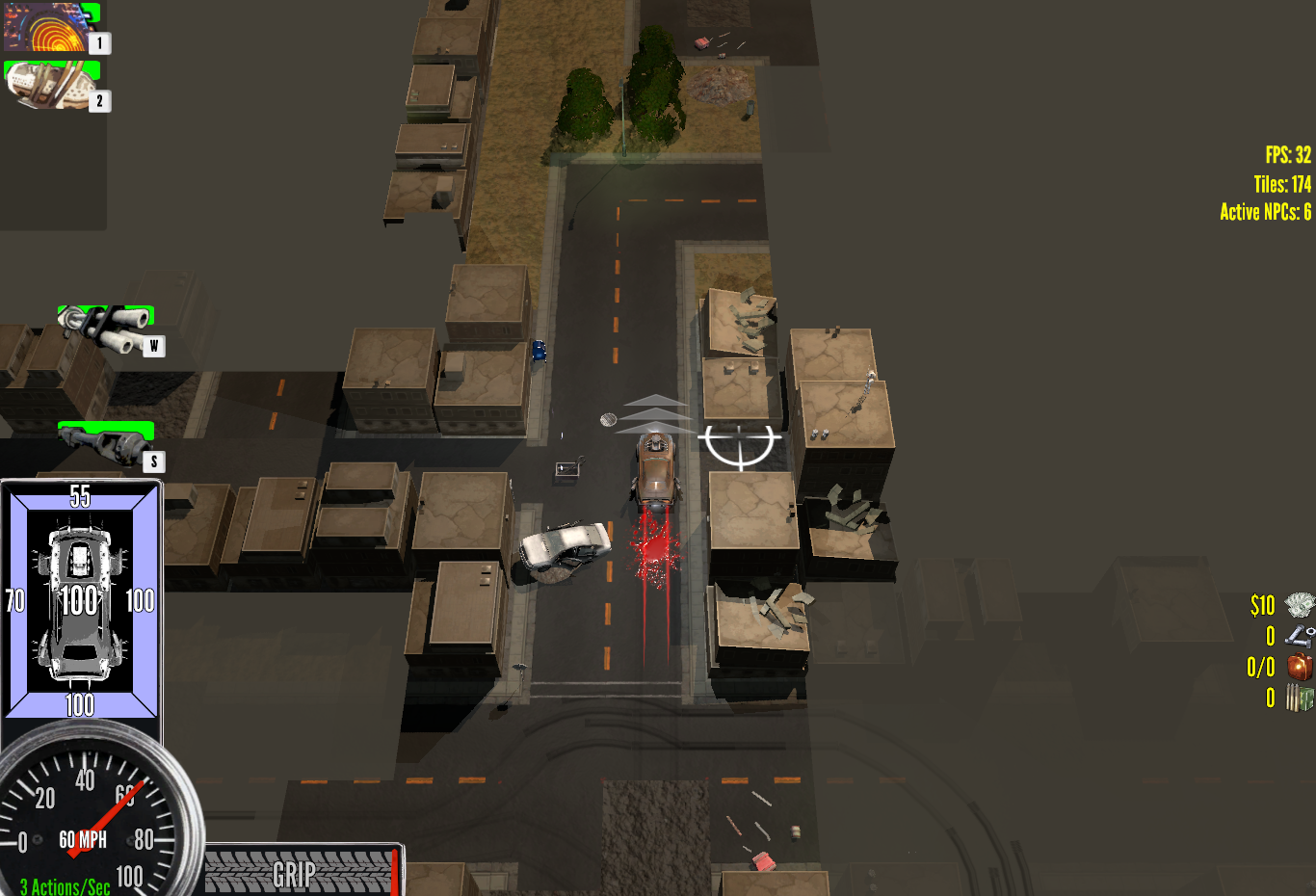
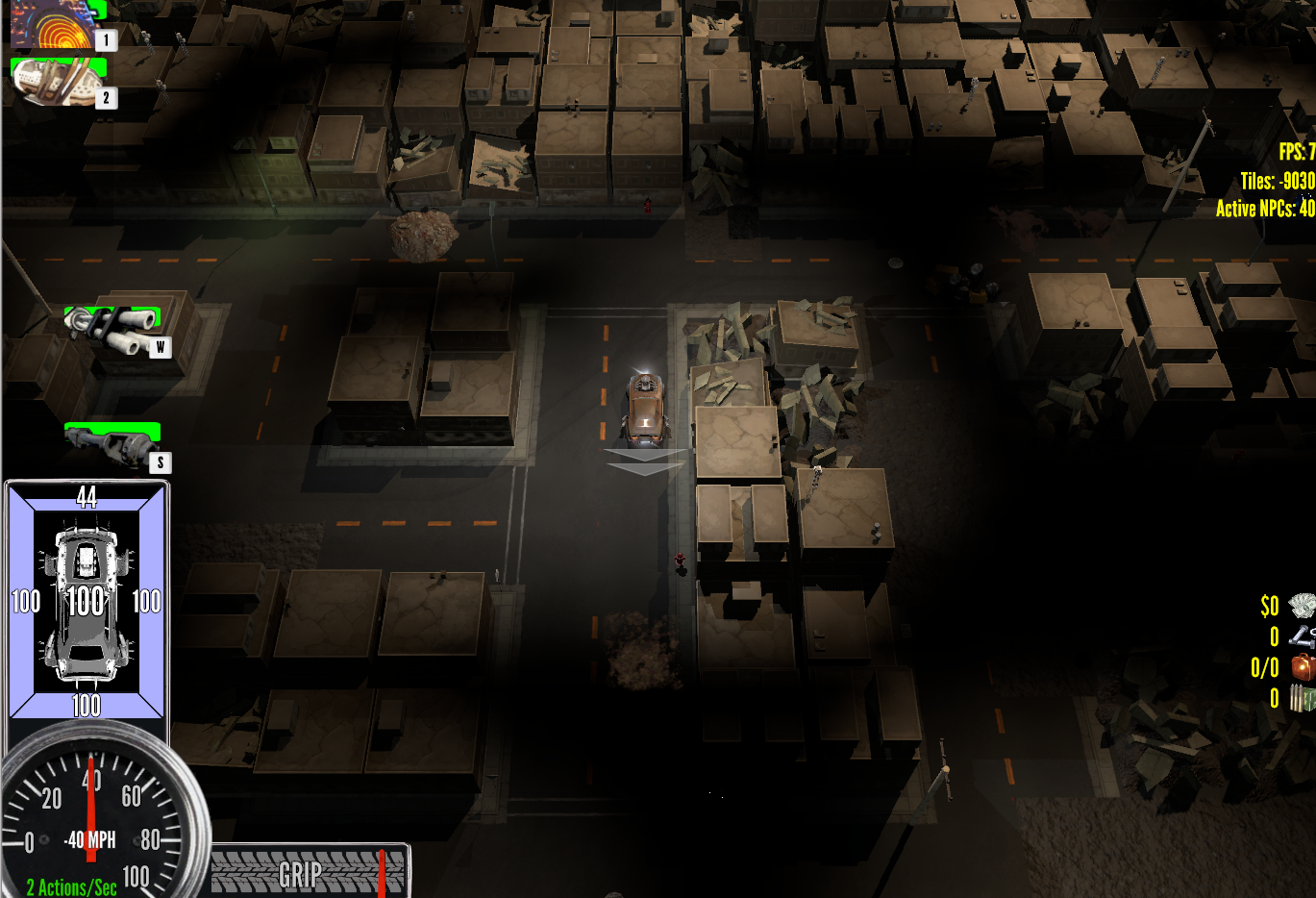
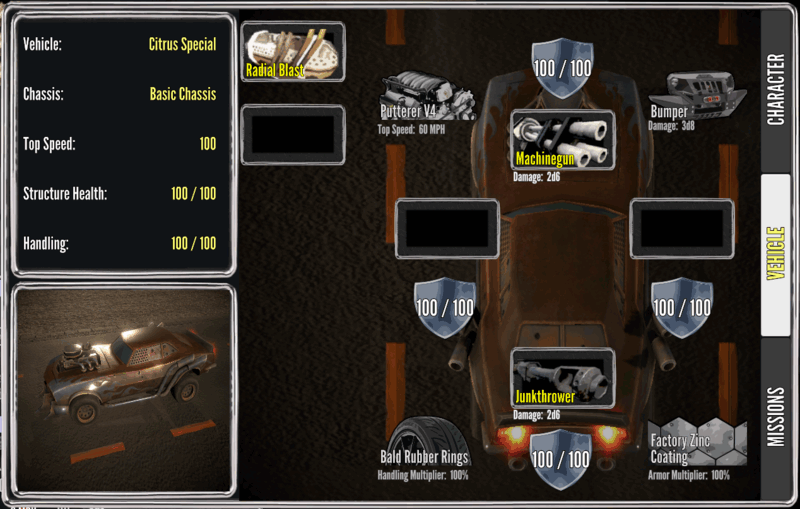 The Seattle summer has finally gotten into full swing and it’s harder to stay inside, but in spite of this I’ve pulled together some time to work on
The Seattle summer has finally gotten into full swing and it’s harder to stay inside, but in spite of this I’ve pulled together some time to work on 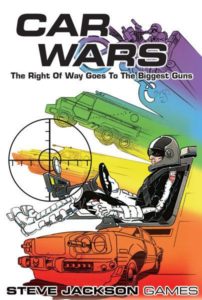 As a rule, I design in a a very top-down way… Â Visuals, mockups, and models are very important for me to get my head around the design as well as to communicate it to others for feedback. Â My objective with Auto Fire was to keep the spirit of the deep car customization from games like
As a rule, I design in a a very top-down way…  Visuals, mockups, and models are very important for me to get my head around the design as well as to communicate it to others for feedback.  My objective with Auto Fire was to keep the spirit of the deep car customization from games like 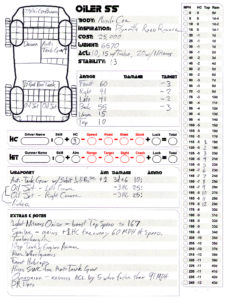 body style, chassis, engine, tires, armor, weapons and equipment, all while balancing out limited space, weight and engine power to push everything forward.  It was great, but it was a solid half-hour (more or less depending on your experience) to make a good build…  If it helps you get a feel, think of the time investment of rolling up a new
body style, chassis, engine, tires, armor, weapons and equipment, all while balancing out limited space, weight and engine power to push everything forward.  It was great, but it was a solid half-hour (more or less depending on your experience) to make a good build…  If it helps you get a feel, think of the time investment of rolling up a new 
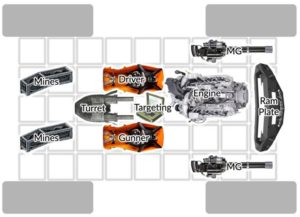
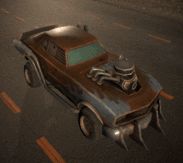 Sooooooo in the end I went back to something a little more akin to decking out gear in an RPG, but there are some nuances that I believe will feel fresh when applied to vehicle loadouts.  When decking out a vehicle, the starting point is always the Chassis.  This is the body that everything else is built upon…  The player can acquire them at car dealerships, receive them as mission bounty, or salvage them in the wilds as loot.  Each chassis has some base stats that any equipment will modify, such as handling, armor, and fuel capacity.  It also has some built-in equipment as well as slots that can be customized…  Each vehicle body ultimately sports a fairly unique configuration.
Sooooooo in the end I went back to something a little more akin to decking out gear in an RPG, but there are some nuances that I believe will feel fresh when applied to vehicle loadouts.  When decking out a vehicle, the starting point is always the Chassis.  This is the body that everything else is built upon…  The player can acquire them at car dealerships, receive them as mission bounty, or salvage them in the wilds as loot.  Each chassis has some base stats that any equipment will modify, such as handling, armor, and fuel capacity.  It also has some built-in equipment as well as slots that can be customized…  Each vehicle body ultimately sports a fairly unique configuration.